Every year since 2009 The Astronomy Photographer of the Year Competition focuses its lens on the brightest examples of astrophotography worldwide, and on the 15th of September 2022’s winners will be announced online.
The level of interest in how images of space throw light on the sustainability of Earth has intensified in recent years, with the advent of evolving satellite technology and the presence of global conferences such as Cop26.
However this universal competition based in Greenwich has one foot on the ground as its aesthetics and tradition differ from those transmitted from telescopes out in space.
Dr Robert Massey, Deputy Exec’ Director of The Royal Astronomical Society said: “This kind of astrophotography is art that tells a story. Satellites have a mission of imaging Earth and very few actually face out into space.”
Our perception of space photography is dependent on the landscapes featured in these visual meetings between Earth and astral phenomena.
One of this year’s Judges, Dr Ed Bloomer explained: “Something like aurorae imagery is deeply affected by whether you consider them to be a local, often-present phenomena or something very alien to your everyday experience of the sky.”
This can be seen in shortlisted entry – Earth and Space by Sean Goebel which presents a moonrise over Los Angeles, a sight specifically familiar to residents of the sub-tropical city.
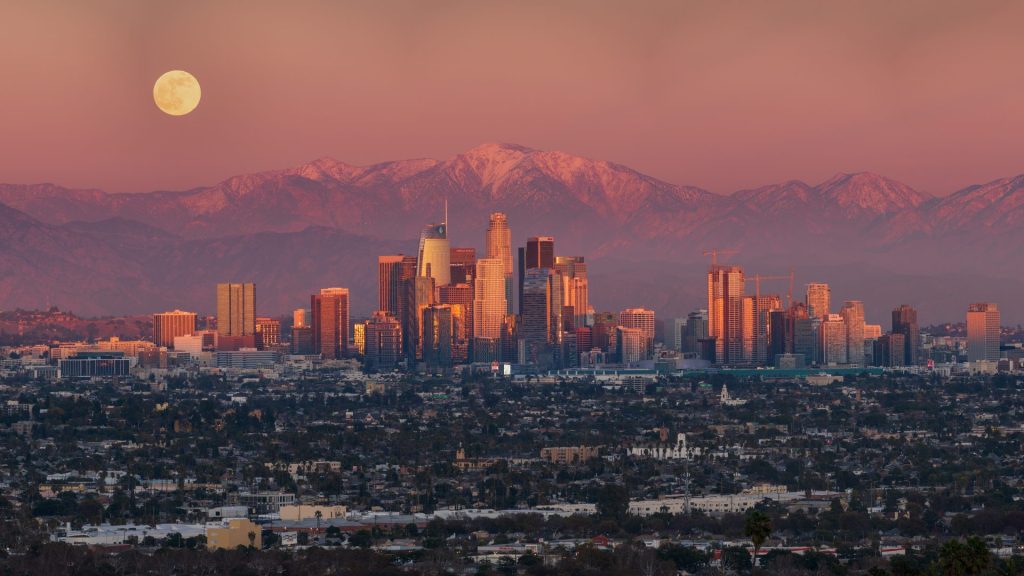
Of iconic structures punctuating the shortlist, Massey said: “It’s very nice that these photographs link Earth to Space. An astronomy photo of this type is most interesting when concerned with the terrestrial landscape.”
Indeed, this year’s shortlisted compositions represent a range of countries including the UK, Japan, Italy, Brazil and more.
What of the character of the photographers themselves?
Bloomer said: “I think that how people use local geography can reflect how the photographers see themselves.”
Shortlistee Takanobu Kurosaki, said: “My name ‘Takanobu’ means ‘extending into space’ in Japanese. My grandfather named me to grow up big.”
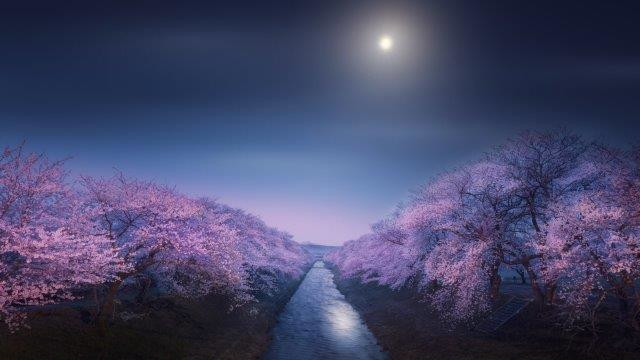
When viewing these spectacular images in a gallery, online or as a print hanging in your living room, it is easy to forget that the crystalline forms and gradations captured cannot be seen by the naked eye.
Unlike the brief of the camera-satellites sent into space by governments, terrestrial astrophotography traditionally captures a perception or ‘feeling’ of what is witnessed rather than what is detected by our naked ‘oculi.’
Massey said: “The processing and colour effects are somewhat removed from what the eye can see. Although, ‘Lunar Lander’ by Sam Binding is not far off. It’s about using tech and composition to convey a feeling.”
Perhaps the most unusual entry to this year’s competition is Earth Cyanotype by Linda Laird, an artist who has blended disciplines in a way commonly associated with conceptual art.
Laird said: “I will be showing an installation at The Royal Astronomical Society from mid-September based on the work of the 18th century astronomer Caroline Herschel, which is why I ended up printing those cyanotypes I entered to the comp!”
In her shortlisted entry, Laird has taken an image of Earth by NASA and applied to it an alternative photographic process developed by John Herschel in 1842.
Her process involves coating a piece of watercolour paper with UV light, before creating a digital negative and using the sun’s rays to develop the final image, thereby using the great image projector, the sun, to complete the photograph.
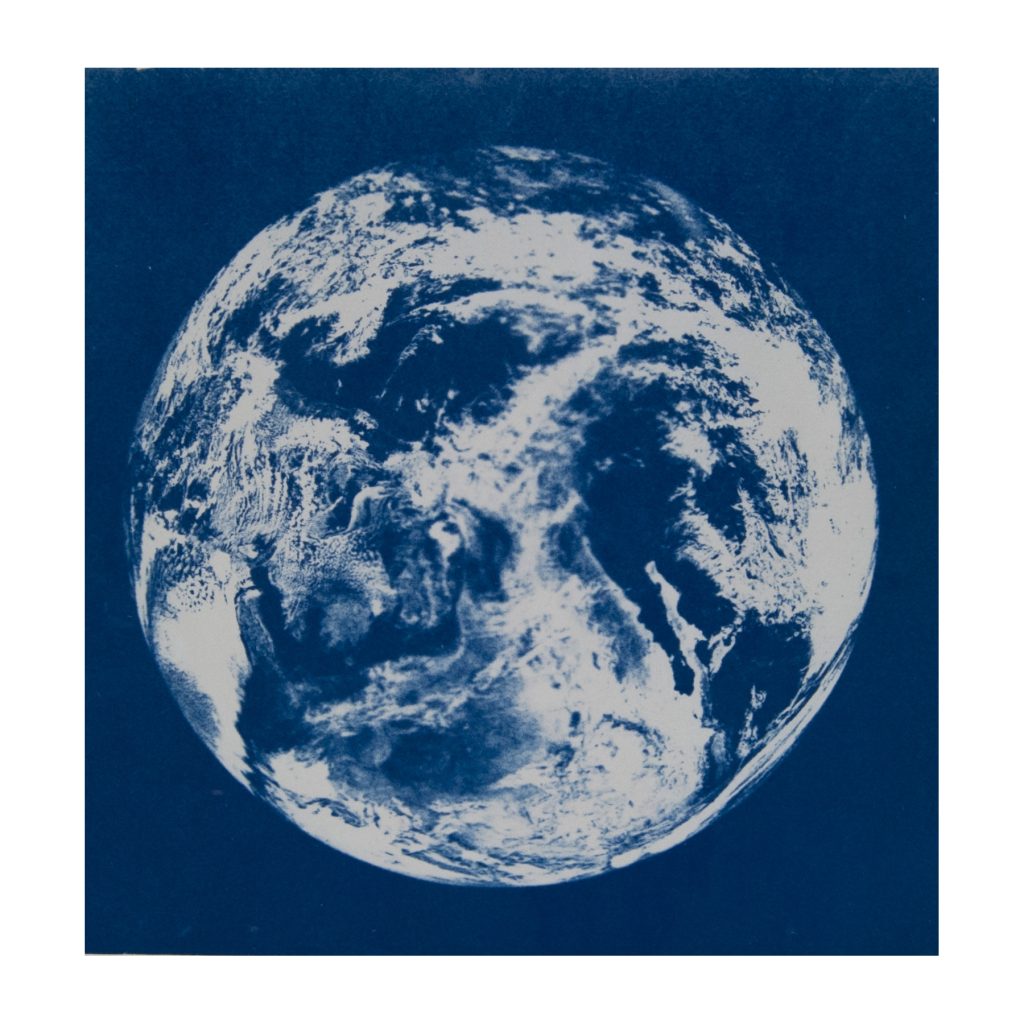
When asked which photographs could be front-runners for the Astronomy photographer of the Year laurels, Massey said: “If I had to bet, I’d say – Icelandic Saga by Carl Gallagher, Solar Wind Power by Essa Pekka Isomursu and Starry Sky over the World’s Highest National Highway by Yang Sutie.”
From terrestrial photography over iconic landscapes to NASA photography developed by the sun, where can the competition go next?
Bloomer said: “Well, we’ve got the whole universe to explore!
“Technology advances, expanding our reach in terms of astronomical targets, and I think we’re seeing more attention paid to the more artistic elements of creating the images.
“I want to make sure we’re providing a route for beginners to continue through to the highest levels.”
In contrast to the competition’s scope, Astronomy Photographer of the Year also has strong roots in Greenwich, which is home to London’s historic palace complex and centre of maritime trade, and, of course, The Royal Observatory.
It is no accident that Queen Mary’s House, which sits squarely at the foot of the observatory, has a symmetrical view of its clock and (on the far side) of the disembarkation platform for ships entering the estate – allusions to measurement of time and space abound.
Bloomer said: “We gave birth to it here, so to speak, and we’ve done our best to nurture it over the years. We’re quite protective of it, in a way.”
There is also the importance of public engagement, in the growth of the competition, which a base in the UNESCO World Heritage Centre of Greenwich, perpetuates.
Kurosaki said: “Greenwich has a unique presence in astronomy. But the reason why I think astrophotography is important is that no matter what country you live in, the night sky is connected.”
The judges cannot speculate which image might garner first prize of the many offered this year.
However, as a resident of Greenwich Park Ward and fan of the night-sky, I would hazard that Icelandic Saga by Gallagher and Solar Wind Power by Isomursu may garner awards for their earthly topicality.
Next to that, Rosette Nebula Core Region by Alpha Zhang has won my heart for its depiction of the star-system as a celestial aorta.
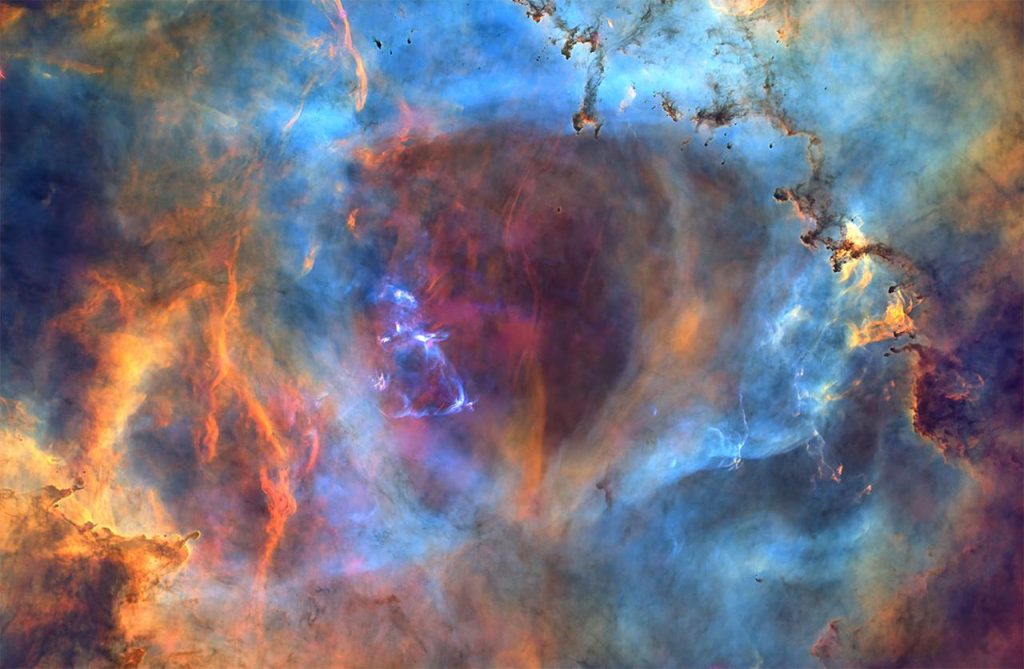
But at a time when our psychological relationship to the Earth and its atmosphere, in tandem with observation technology is changing, it is safe to say that there may be some surprises on Sep 15th.
Regardless, this competition offers an opportunity to celebrate the observers who dedicate time to this fathomless and mysterious subject.
The shortlisted photographs for the Astronomy Photographer of the Year Competition and announcement on the 15th can be found here.
More information on The Royal Astronomical Society can be found here.
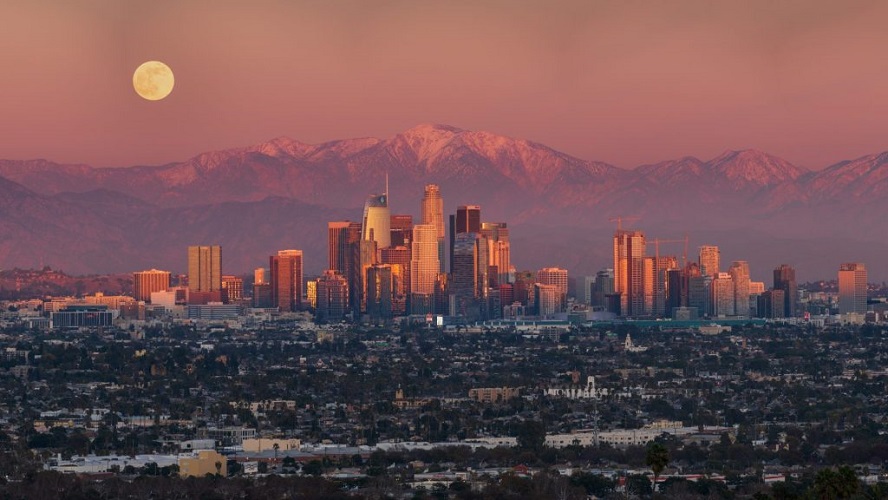

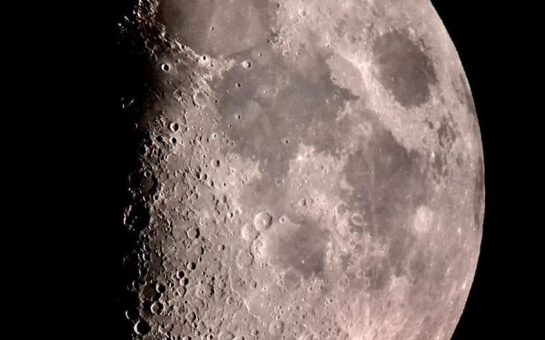
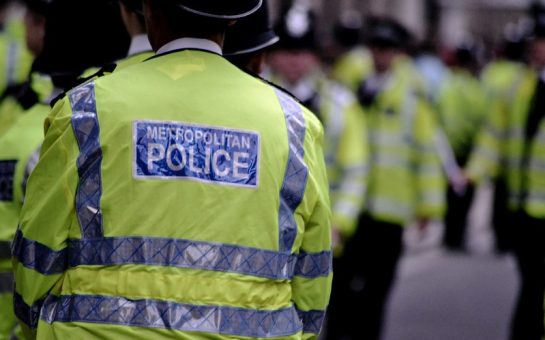
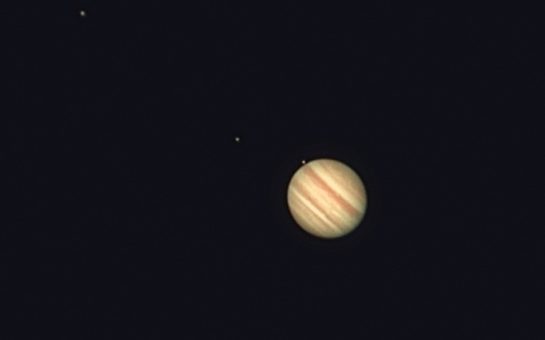
Join the discussion